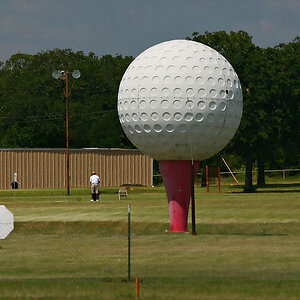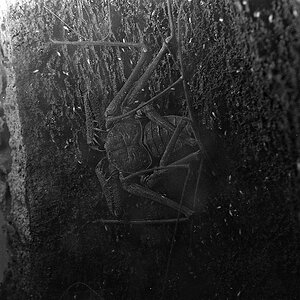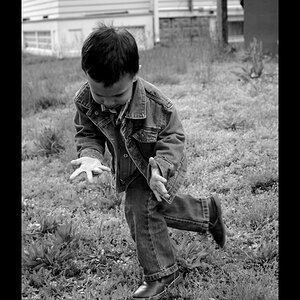Robin Usagani
Been spending a lot of time on here!
- Joined
- Jun 6, 2010
- Messages
- 10,347
- Reaction score
- 2,174
- Location
- Denver, CO
- Can others edit my Photos
- Photos OK to edit
At first I was wondering how the blur can look like diamond shaped.. then it hit me that it is probably chain linked fence LOL.

All of those were taken with my Sigma 105mm F/2.8 EX DG macro.
Mark



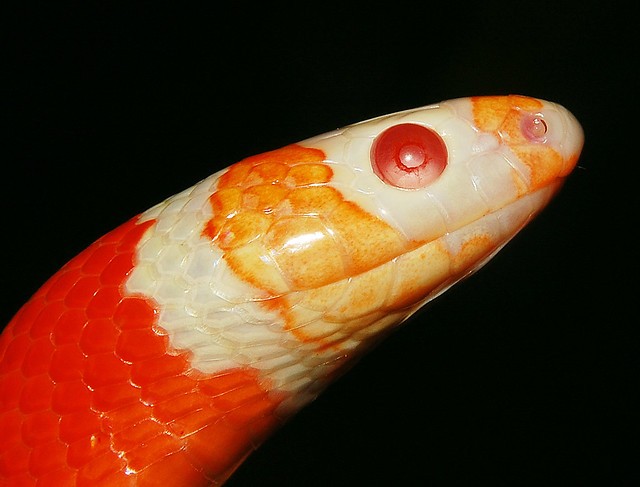
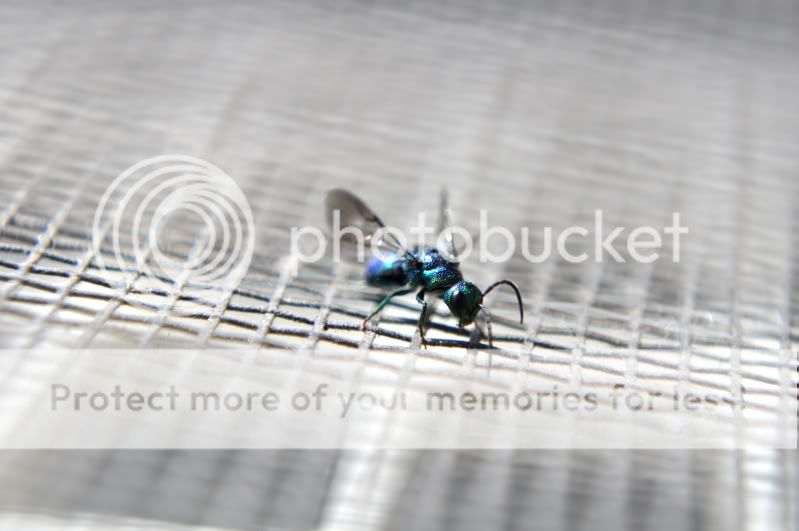
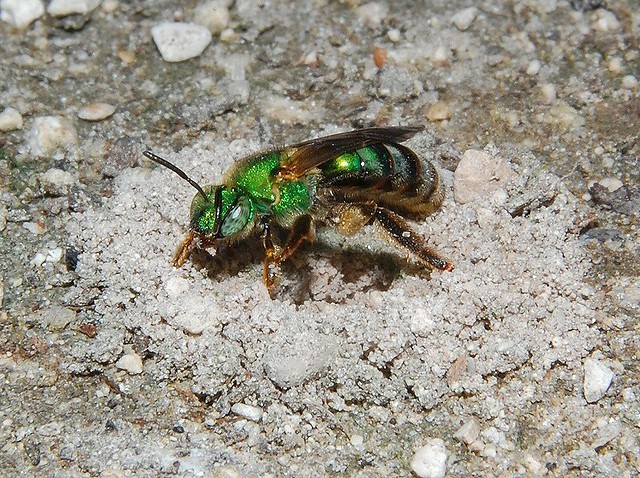







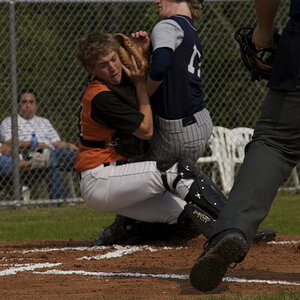
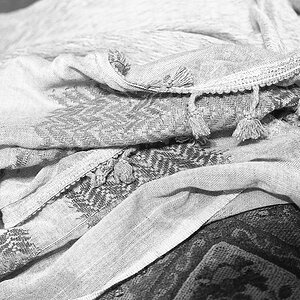
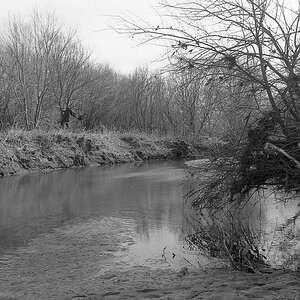

![[No title]](/data/xfmg/thumbnail/37/37628-b854997825aadb4eedaa3247baf8069f.jpg?1619738155)

